Armed with their tiny Leicas and Nikons, most of the great postwar ‘street’ photographers liked to be unobtrusive; they wanted to capture life unobserved. Garry Winogrand and Henri Cartier-Bresson haunted the city in search of the ‘decisive moment’. Somebody I know was photographed by Robert Doisneau, a very ghostly snapper. Doisneau entered the room and then left. His subject was baffled; he had not seen him take any shots at all.
And then along came Diane Arbus. She was small but very noticeable, partly because of her childlike good looks but mainly because of the big flash and brick-heavy and breeze-block-sized Rolleiflex or Mamiya slung round her neck. She asked people if she could photograph them and then she took them standing still — the unobtrusives had always wanted to capture movement. Often she would befriend her subjects and get invitations to their homes, seeking ever better shots through familiarity.
The aesthetic shift is familiar. The unobtrusives were classicists, dispassionate observers of the human comedy. Arbus and her many followers were romantics; they put themselves in the frame; it was their presence that made the moment decisive. The cost of romanticism can be high, and Arbus paid it in full. Chronically baffled by her own identity, she finally obliterated it in 1971, taking a handful of barbiturates and slashing her wrists. She was 48.
Now she is seen as one of the finest American artists of the late 20th century, like Andy Warhol a product of New York, the period’s greatest city, and like Jackson Pollock a hero of art as the perpetual sacrifice of the life. This means, among other things, that her legacy is jealously guarded. There are none of her photographs in this book. The Metropolitan Museum of Art in New York controls the archive and it is ‘closed indefinitely to outside researchers’. Arthur Lubow, a New York Times, New Yorker and Vanity Fair writer, has to get by with descriptions of her photos and, I note, they are even quite hard to look up on the internet, owing to copyright restrictions.
Nevetherless, Lubow has constructed a weighty work from interviews, memoirs and recollections. His Arbus — and there will surely be others once the archive is opened — is a chronic misfit. Sex was the most obvious expression of this. Coming from a wealthy but cold Upper East Side family, she had an incestuous relationship with her brother, the poet Howard Nemerov, which seems to have lasted for most of her life. She was unfaithful — with men and sometimes women — to all her partners. Her professional contacts tended to end up in her bed and her relationship to her subjects was implicitly and often explicitly sexual. She took to photographing swinger parties — orgies — and participated gleefully. The screenwriter Buck Henry was horrified when, on a visit to a porn cinema, she took to aiding the masturbators.
Yet she was loved. She was attractive, not merely seductive, and she was devastatingly and fascinatingly odd. Like Ludwig Wittgenstein, she found ordinary life puzzling, in need not of living but investigating. She would start questioning people about their lives and then go on for hours, sometimes days. It was the particularities —what Freud called the ‘small differences’ — that intrigued her.
It was this fascination that led to her abandoning in disgust the fashion photography business which she ran with her husband, Allan. ‘I hate fashion photography,’ she said, ‘because the clothes don’t belong to the people who are wearing them.’ Clothes worn by models were cleansed of individual particularities. In reaction, she took to pursuing the extremes. ‘It is what I’ve never seen before that I recognise,’ she said.
She befriended circus midgets, transvestites and eccentrics of all kinds. The 1950s in New York was a good time to do this — such people were just beginning to emerge from the city’s hidden world, a process accelerated by Arbus’s pictures and Warhol’s deadpan, always accepting films. She then took what she had learned and applied it to more conventional subjects. After a process that left them exhausted and bored, she snapped the three members of the Tarnopol family on their lawn in Westchester. It is one of the great images of our time, turning the very ordinary into the very strange and very disturbing. It was a Fellini film, stripped of the comedy, in a single frame.
Lubow’s book is solid rather than inspired. It is occasionally very badly written. In spite of its length, it also feels a bit narrow. Much more is needed about the New York art world of the 1950s and 1960s and somewhat less on the stories of the shoots. But, overall, it paints a convincing picture of a lost soul.
It would be easy to say that Arbus found herself in photography and that pictures like that of the Tarnopols externalised her internal conflicts. And she did, indeed, think that in work she could find the ‘true indigestibleness of me’. But she did not find herself; she found a mystery — one of her favourite words — that gave and promised nothing. She died having done all she possibly could to solve it.
The post A mystery, even to herself appeared first on The Spectator.
Got something to add? Join the discussion and comment below.
Get 10 issues for just $10
Subscribe to The Spectator Australia today for the next 10 magazine issues, plus full online access, for just $10.
You might disagree with half of it, but you’ll enjoy reading all of it. Try your first month for free, then just $2 a week for the remainder of your first year.

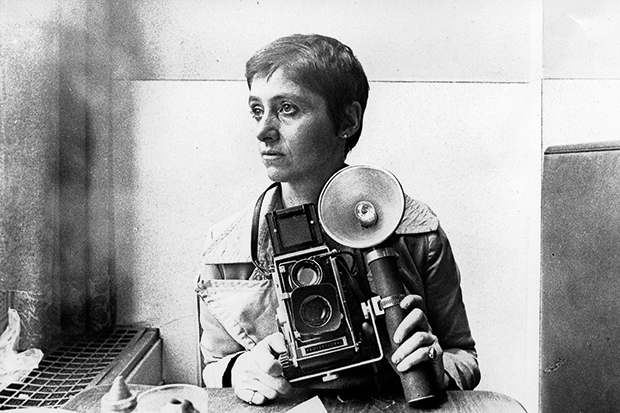
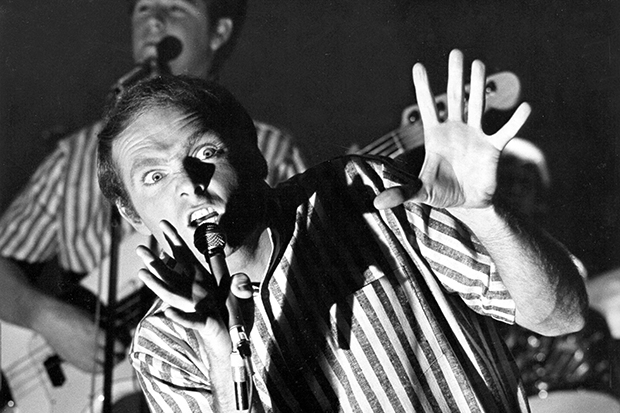
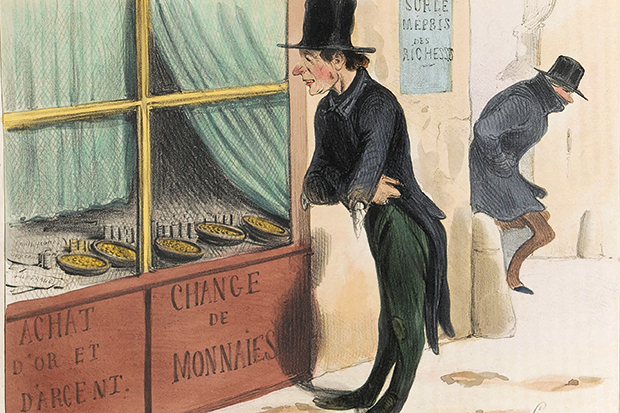
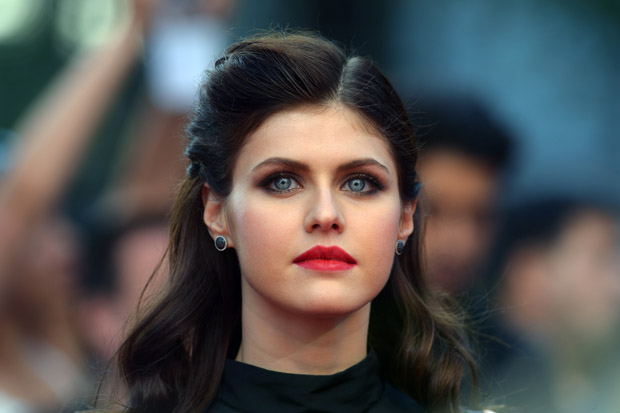
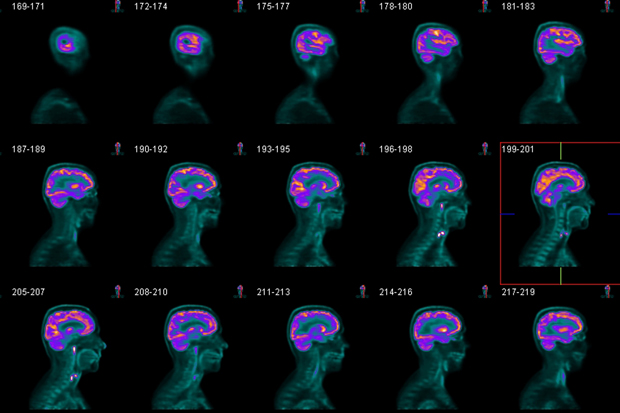
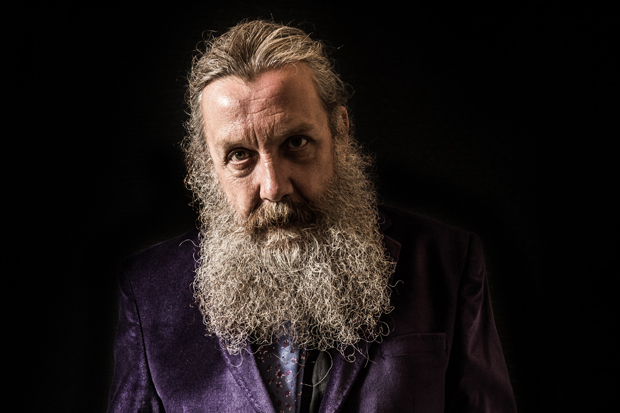







Comments
Don't miss out
Join the conversation with other Spectator Australia readers. Subscribe to leave a comment.
SUBSCRIBEAlready a subscriber? Log in